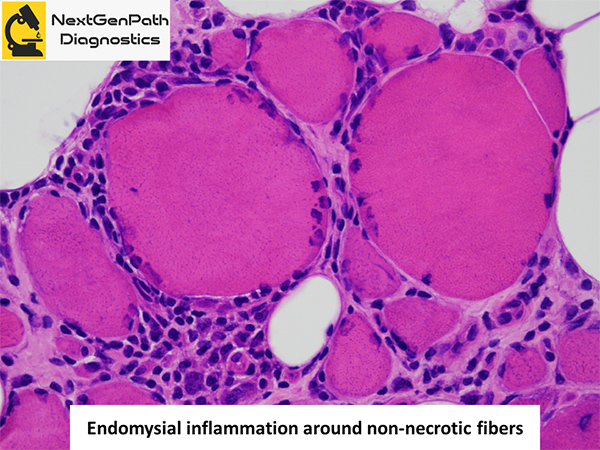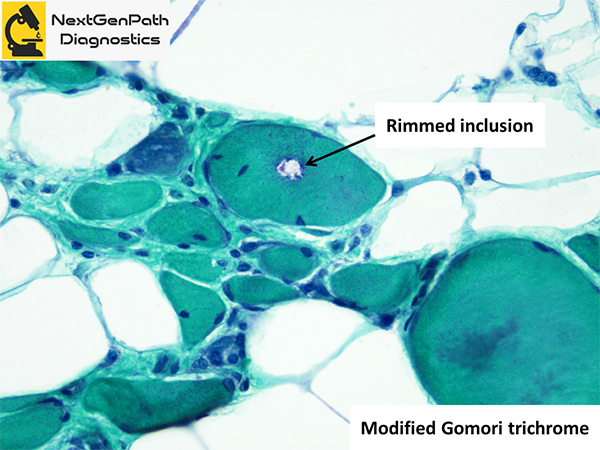Sporadic inclusion body myositis
- Sporadic inclusion-body myositis (sIBM) is the commonest idiopathic inflammatory myopathy beyond the age of 50.
- The pathogenesis of sIBM is multifactorial.
- Inflammation, degenerative changes, mitochondrial abnormalities, genetic factors such as HLA alleles and genes concerned with the immune system play a major role in the disease process.
- Recent data from the candidate gene sequencing studies have identified rare variants in VCP, SQSTM1 and FYCO1 genes suggesting impaired autophagy as a mechanism involved in the pathogenesis of sIBM.
- Abnormal autophagy results in accumulation of autophagosomes containing autophagy-associated proteins such as LC3 (microtubule-associated protein 1 light chain 3) and p62/SQSTM1.
- Basophilic rimmed vacuoles are one of the essential features for the diagnosis of sIBM.
- Aggregation-prone proteins such as amyloid-β, amyloid-β precursor protein, phosphorylated neurofilament (SMI-31), ubiquitin, αB-crystallin, and TAR-DNA-binding protein-43 (TDP-43) have been demonstrated in muscle biopsies of sIBM cases.
- Because of the fact that both inflammatory and degenerative disease processes are involved in the pathogenesis of sIBM, there is a poor response to conventional forms of immunosuppression.
- Unlike other inflammatory myopathies, sIBM is characterized by an insidious onset, gradually progressive selective muscle weakness. The quadriceps and long finger flexors are preferentially involved by the disease process.
- Clinical clues to early diagnosis include selective weakness of the flexor digitorum profundus and flexor pollicis longus with sparing of the flexor digitorum superficialis and intrinsic muscles of hand.
- Our current understanding of sIBM appears to be minuscule, and there is no cure at present.
- Future research may provide new insights into the pathogenesis of this complex disease.
References
- Gaspar BL, Vasishta RK, Radotra BD. Myopathology: A Practical Clinico-Pathological Approach to Skeletal Muscle Biopsies. Springer Nature: Singapore, 2019.



